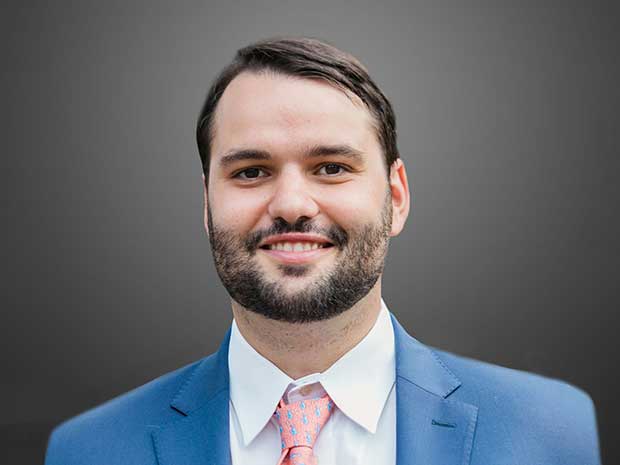Key takeaways
- The Tax Court allowed taxpayers to follow its Generally Accepted Accounting Principles method of accounting for deferred revenue, which permitted the taxpayer to defer revenue beyond one year
- A California eldercare community recognized income by amortizing an upfront payment based on actuarial life expectancy in conformity with GAAP
- The Court held that the IRS gets deference only when an accounting method does not clearly reflect income as agreed upon by the court
In a memorandum opinion on April 6, Continuing Life Communities Thousand Oaks LLC v. Commissioner, T.C. Memo. 2022-31, the Tax Court ruled in favor of Continuing Life Communities (Continuing Life), finding that its revenue recognition method that followed generally accepted accounting principles (GAAP) and deferred upfront payments was proper. This case may stand out because the IRS traditionally gets wide discretion in determining if taxpayers’ accounting methods clearly reflect income.
Continuing Life operates an elder care community in California that provides a variety of services including housing, food and other basics, and healthcare. Continuing Life provides the services for the remainder of the residents’ lives pursuant to ‘life care contracts. Services are charged through three kinds of fees: The Contribution Amount, the Deferred Fee and ongoing monthly fees. The residents generally pay significant sums up front, and the money goes to a third-party trust for the benefit of the elder resident and is returned upon cancellation of the contract. However, when the resident passes or voluntarily cancels the contract, the former resident pays the deferred fee as a partial offset to the Contribution Amount refunded to the former resident. The ‘Contribution Amount’ varies depending on the accommodations and services the resident selects, and the Deferred Fee varies based on the length of the contract.
For the tax years in dispute, Continuing Life did not recognize the Contribution Amount placed into the trust as income. Continuing Life then amortized the Deferred Fee and recognized a fraction each year using the straight-line method and the estimated life expectancy of each resident. Generally, upon termination of a resident’s agreement, the company recognized the remaining portion of Deferred Fee into income.
For the years at issue, revenue is generally recognized upon the earlier of when it is earned, due or received. The court held that Continuing Life had not received the funds as they were paid to a trust for the benefit of the resident, even though the trust could loan money to Continuing Life on an interest free basis. The court also found that there were no statutory rules that prohibited Continuing Life’s from recognizing the Contribution Amount under its current method of accounting.
The IRS argued that the taxpayer was not following a method that clearly reflected income for deferred fees, and that the upfront fees should be recognized on an accelerated method. Specifically, the IRS asserted the earning process was complete when the deferred fee scheduled provided Continuing Life was entitled to a fixed amount of fees. The IRS further asserted that it has the broad discretion to decide whether a particular method of accounting clearly reflects the taxpayer’s income unless there has been an abuse of discretion, which was not shown by Continuing Life.
Continuing Life argued that it is the ongoing and continuing obligation to provide services that unconditionally fixed its right to income and that the earning process was complete upon departure or death of the resident.
The Tax Court held for Continuing Life, pointing out that although the expenses incurred on care are incurred over the lifespan of residents, Continuing Life is entitled to the Deferred Fees only when residents depart from the community voluntarily (through death or otherwise). The court noted that deference to IRS determinations on the choice of accounting method is limited to cases in which there is a belief that the method does not clearly reflect income. In this case, the court concluded that Continuing Life’s method matches income and expenses better than the accelerated treatment that the IRS proposed. Therefore, the GAAP treatment did not result in distortion and could clearly reflect income.
This holding limits the IRS’s authority to control taxpayers’ choices of accounting methods to only those that a court agrees does not clearly reflect income. While the IRS does have broad discretion in this area, the Continuing Life holding points out that a taxpayer may be able to follow GAAP rather than a method identified by the IRS as more clearly reflecting income. If the IRS disagrees, the Continuing Life opinion suggests the IRS will have the burden of demonstrating that the taxpayer’s method does not clearly reflect income. It remains to be seen whether the IRS will acquiesce to the holding.




